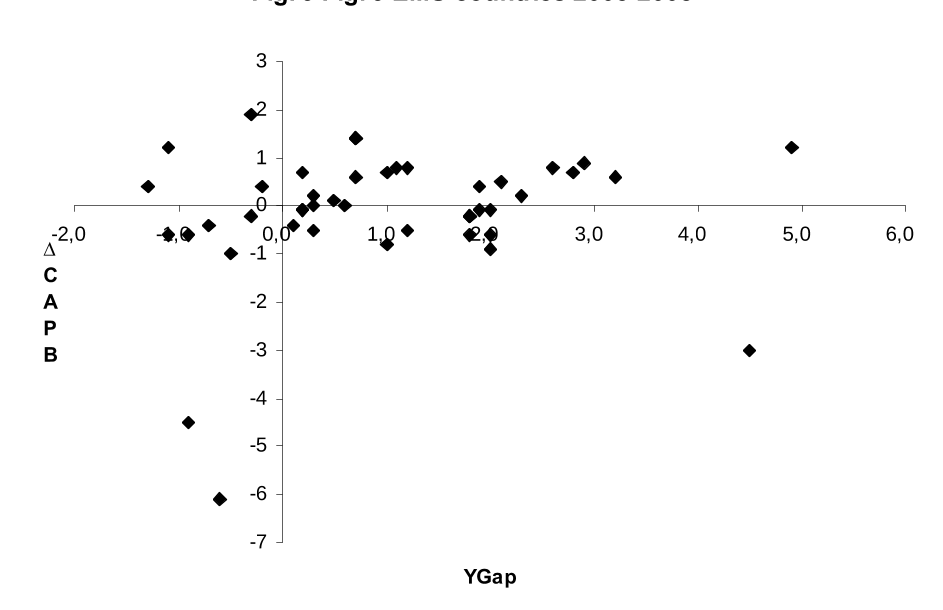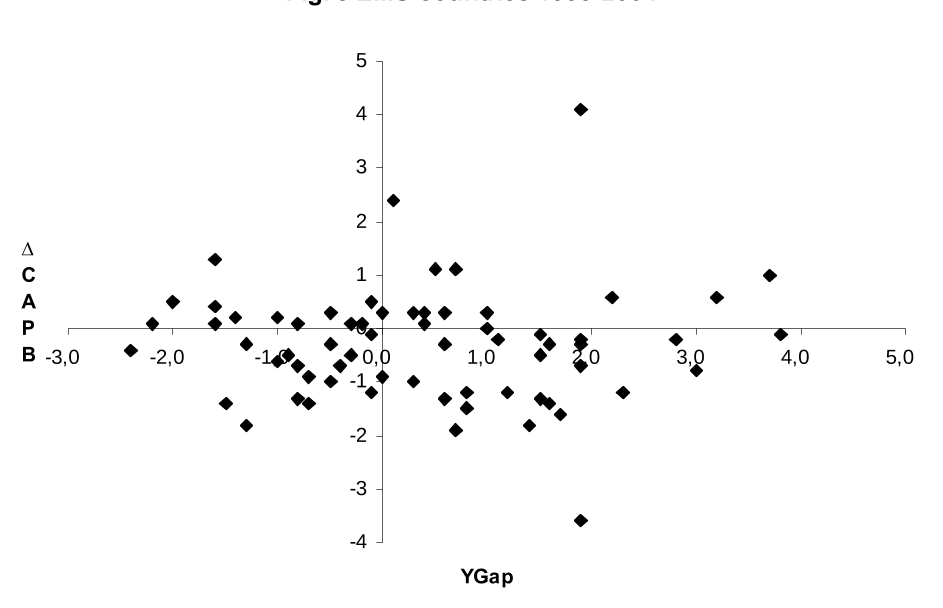Abstract: This paper considers a simple quantitative model of output, interest rate and inflation determination in the United States, and uses it to evaluate alternative rules by which the Fed may set interest rates. The model is derived from optimizing behavior under rational expectations, both on the part of the purchasers of goods (who choose quantities to purchase given the expected path of real interest rates), and upon that of the sellers of goods (who set prices on the basis of the expected evolution of demand). Numerical parameter values are obtained in part by seeking to match the actual responses of the economy to a monetary shock to the responses predicted by the model. The resulting model matches the empirical responses quite well and, once due account is taken of its structural disturbances, can account for our data nearly as well as an unrestricted VAR. The monetary policy rule that most reduces inflation variability (and is best on this account) requires very variable interest rates, which in turn is...






